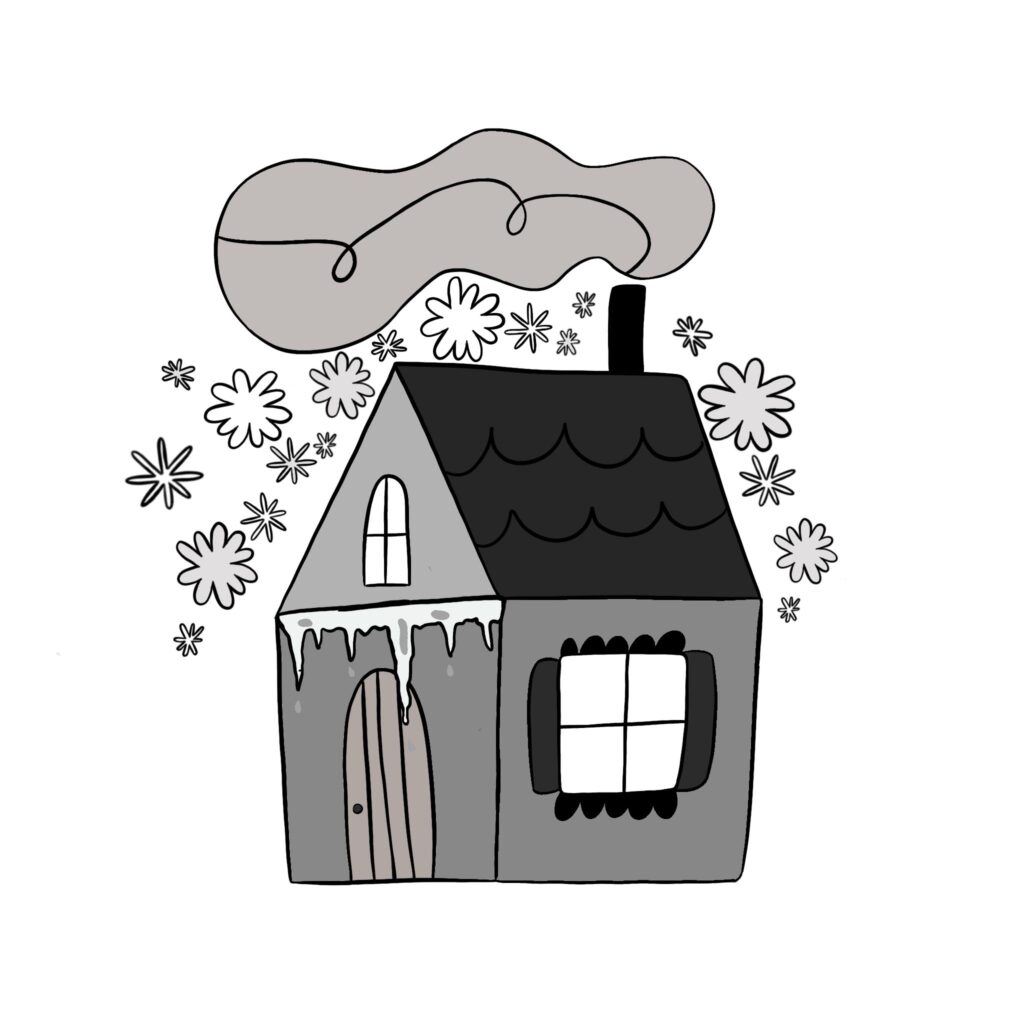NEWS EDITOR – ASHTON JEFFERS
ORIGINALLY PRINTED ON MARCH 2, 2023
Many were surprised, if not relieved, when St. Mary’s University announced the cancellation of classes and activities on Tuesday, Jan. 31, due to extreme cold weather. While most were confined to their homes to stay warm and off the icy roads; several Texans were not surprised that ice covered sidewalks, roads and telephone poles. Two years ago, this was most noticeable from Winter Storm Uri in 2021, when a record amount of snow fell across central and south Texas. Millions lost power in the state, especially in rural areas, where heating and electricity fluctuated for at least a week. A state of emergency was declared by Gov. Greg Abbott, calling for warming centers to be available for residents who were without heating and power or any home. Some Texans fell sick from being in a freezing home without power, leading to severe cases of pneumonia and even death.
This year, the pattern of pockets of extreme weather seems to continue. Ice combined with rain caused trees and branches to fall on roads, on houses, in residential areas, and caused the downing of several electric lines. Once again, Texans were without power in their homes. Those directly living on St. Mary’s campus fared well, doing their best to remain off the roads and stay warm during this time. The freeze was considered short-lived compared to others, like the storm in 2021. Precautions, alerts, frequent emails and messaging apps continued to communicate about the situation’s progression. When it came to attending school and reporting for work, understanding has been the key to the safety of workers and students alike— especially concerning traveling out on the roads. Essential workers were concerned about arriving on time for work, despite the roads possibly having black ice, which can cause accidents.

Austin reported one of the most alarming situations as the city-owned utilities said they could no longer promise when they could restore power. There has been progress since the announcement, allowing residents to have power restored gradually. Within the two days of canceled activities and classes at St. Mary’s, there seemed to be no issues regarding students keeping up with their work and extracurriculars. Still, the cold spells and situations— such as what was experienced by students— led faculty and staff to ask questions surrounding the electrical grid in Texas. Is the grid able to withstand the cold spells and winter storms throughout the next couple of years? How can Texans better prepare for winter storms that is better prepared to deal with this level of cold weather?
Not only is the cold weather a concern, but Texans will soon be preparing for the extreme heat waves that some have in the spring and summer months. It is a concern at the state and local level, gathering individuals to form groups and coalitions that seek answers on how to protect their local communities, while also protecting the natural resources within those areas. Interested in learning more about preparing for extreme cold and heat weather? Be sure to check out and download any weather apps constantly.In case of storms, the Doppler is a great source to track rain and storm patterns over time. Other ways of informing oneself are through online educational resources published by groups and nonprofits that aim to encourage sustainable living and preparation for storms and other weather that can be dangerous to the area. Sustainable campus resources can be found in StMU’s Enactus chapter. To learn more about being environmentally conscious, follow Enactus @stmu_enactus on Instagram.